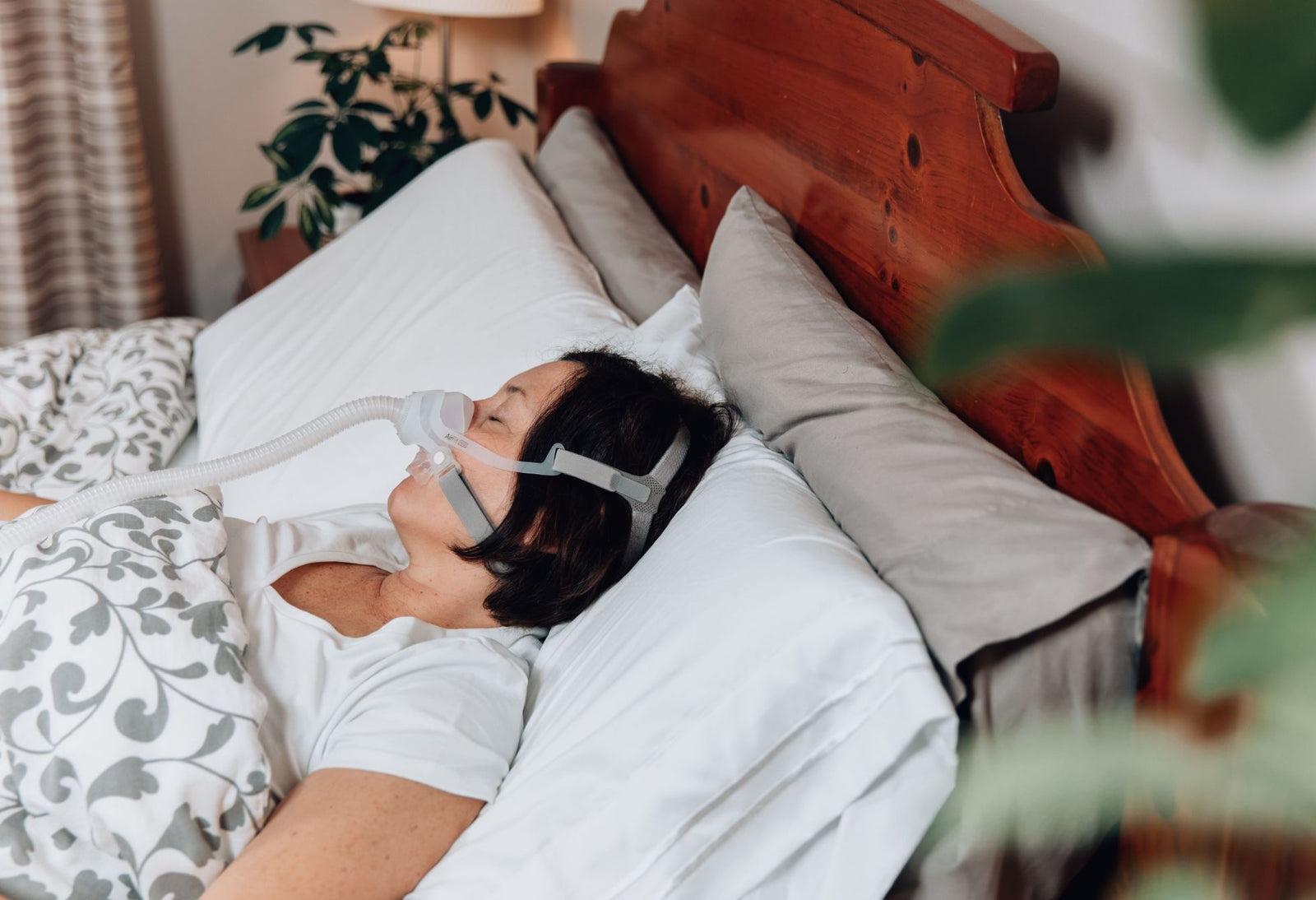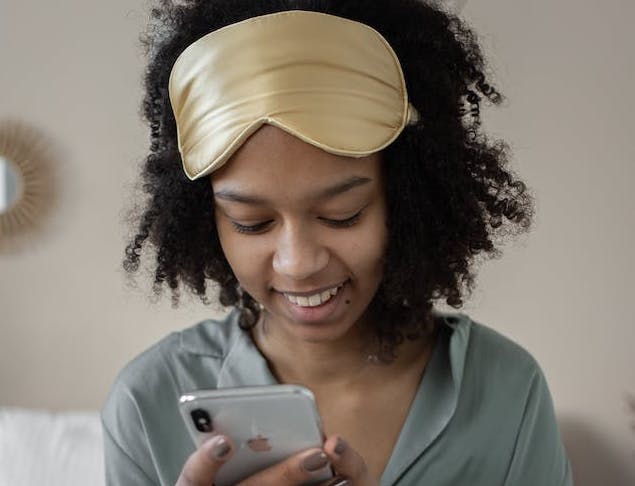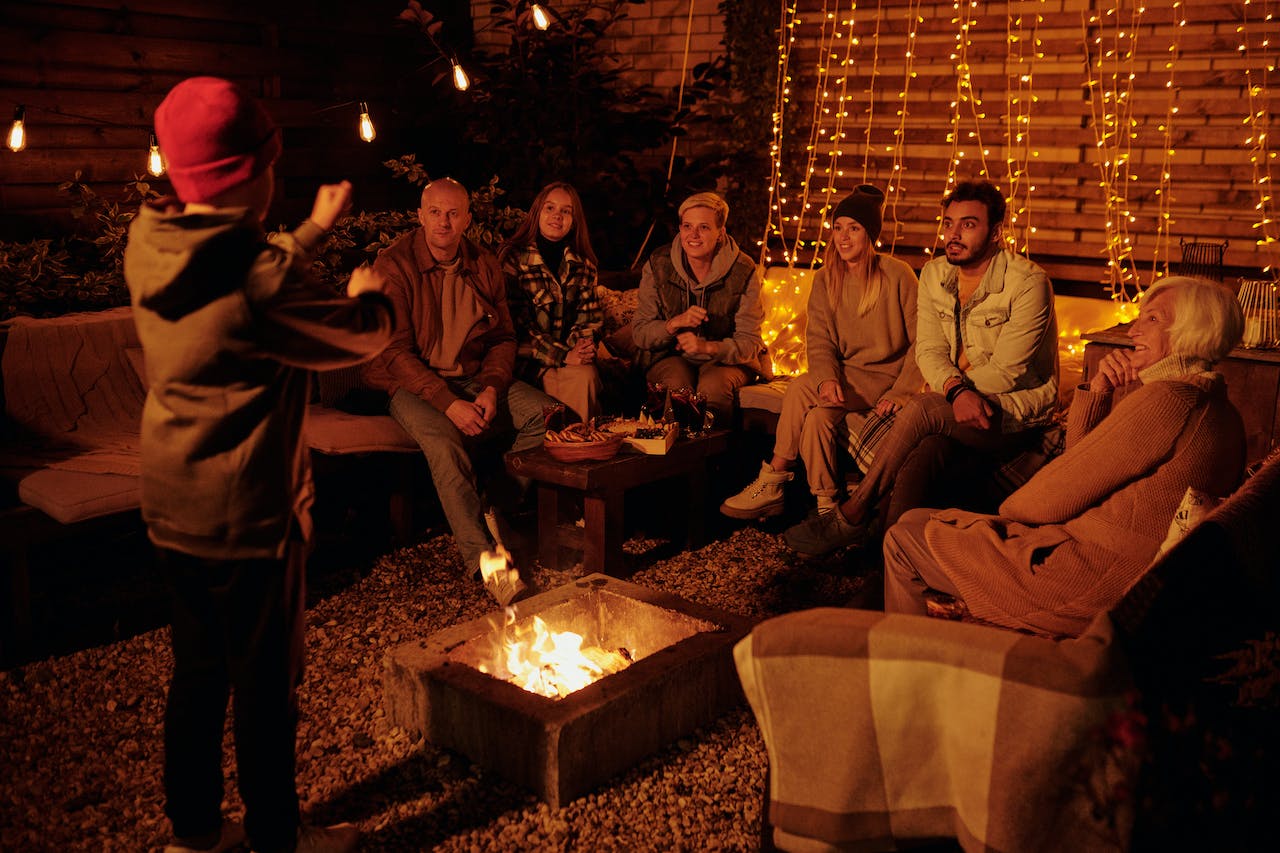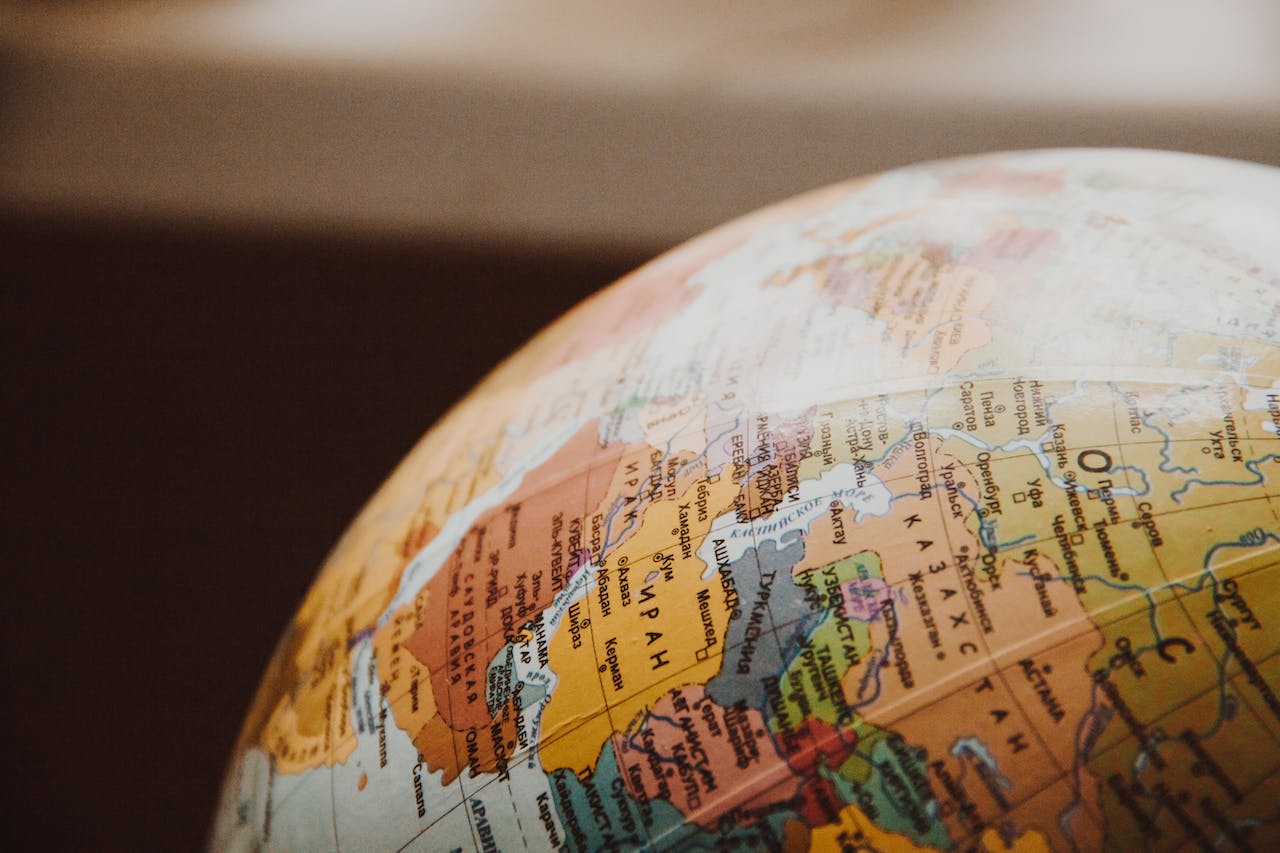What is a CPAP Full Face Mask and How Does It Work?
CPAP devices seem foreign and intimidating to new users at times. CPAP devices were introduced in 1980 after Dr. Collin Sullivan first put them to the test and found that they were effective at treating sleep apnea. Since then, they have become the standard for treating sleep apnea sufferers. They work by providing continuous positive airway pressure, which is the acronym that eventually led to the term “CPAP.” CPAP machines work by blowing air into the throat or nasal passages through a mask. This increases air pressure and prevents the airway from becoming obstructed, which is the main cause of sleep apnea. A CPAP machine helps prevent sleep apnea symptoms such as fatigue, low focus, high blood pressure, and more.
There are several different types of sleep apnea masks, including CPAP nasal pillows, CPAP nasal masks, and CPAP full face masks. Full face masks work by covering both the mouth and the nose, making a tighter seal over the airways than other mask options. Though effective, there are some downsides to full face masks.
Problems With CPAP Full-Face Masks
It’s kind of an oxymoron: sleep apnea disturbs sleep, but the machines designed to help with it also disturb sleep when they’re uncomfortable. CPAP full face masks create a more effective seal than most other masks on the market. They also offer the highest amount of air pressure for users that need a higher-strength unit. But they’re the largest, bulkiest, and most uncomfortable model available today. If you find your full face mask to be hurting more than it’s helping, you’re not the only one. Many full face mask users report experiencing problems with:
- Discomfort: Full face masks are typically difficult to wear for side and stomach sleepers due to the large size of the mask.
- Claustrophobia: Since full-face masks cover a larger portion of the face and seal both the nose and mouth, some users may feel claustrophobic or anxious during use. High-pressure settings usually associated with full face masks can also feel overwhelming to users.
- Leakage/issues with fit: CPAP full face masks are notorious for leaking out of the top portion of the mask near the eyes. Straps can loosen over time, causing leaks in other areas of the seal.
- Skin irritation and pressure sores: The lining of full face masks can irritate the skin, especially if the CPAP pressure on your device is turned up too high, leading to pressure sores.
- Loud noise: Since full face masks have higher pressure settings than other masks on the market, they are typically loud, which can disrupt sleep for both you and your partner.
Tips for Sleeping With a CPAP Mask
Luckily, there are a few crucial steps you can take to reduce issues and discomfort when wearing your mask so that you can finally get a comfortable night’s rest.
First off, you should always keep it clean. Dust, bacteria, and mold can collect inside, leading to other issues with the machine (and with your health). Wash your mask, air tubes, and tank regularly with warm soapy water.
Next, try out CPAP desensitization, which consists of wearing your mask throughout the day to help you get used to breathing with it on. This can help users get used to CPAP pressure and the overall sensation of wearing the mask. To start, try at least one hour per day. Watch television or read a book during this time. Once you’re used to that, try wearing it during a one hour nap. Then, use your machine for at least three hours of sleep at night. Finally, slowly begin working your way up to wearing your mask throughout the entire night.
Tighten or loosen straps to avoid leaks and pressure sores. If your straps are too loose or worn out to tighten, wash them in hot soapy water and toss them in the dryer on hot.
To reduce issues with the noise, try a white noise machine or fan in your room. If you feel claustrophobic, toss and turn at night, or sleep on your side, a CPAP nose mask or nasal pillow may be a better choice for you than a full face covering.
The Superior Alternative to a CPAP Full Face Mask
Full face masks seal both the nose and mouth, but nasal masks fit over the nose only. This leads to a lighter, more comfortable fit than a full mask. Those who feel claustrophobic in a full face mask may feel less anxiety when wearing a nasal mask. Nasal pillows are even less invasive than regular nasal masks and fit over nasal passages, making them the most minimal and lightweight mask available.
Both of these options allow for a more natural form of airflow, which is more comfortable than the high-pressure settings usually associated with full face masks. Nasal masks and pillows fit a wider variety of face shapes and are perfect for patients who toss and turn in their sleep or sleep on their side due to their low profile. If you breathe through your mouth at night, your physician may not want you to try a nasal mask or pillow since these less bulky options don’t cover the mouth. However, mouth taping at night gives you the freedom to wear a CPAP nose mask or pillow by keeping your lips sealed throughout your slumber.
The Benefits of Using Somnifix With A Nasal Mask
Say goodbye to your bulky, loud, and annoying full face mask! A nasal mask plus a Somnifix mouth strip equals a comfy night’s rest. Check with your doctor to see if this is a fit for you.
With Somnifix, you won’t have to worry about mouth leaks or the bulkiness of a full face mask. This can even help you achieve better CPAP compliance, meaning you won’t have to fret about whether or not your CPAP therapy is covered by insurance or helping you aid your sleep apnea issues. Stay cozy and sleep with peace of mind with our comfortable mouth strips and join over 60,000 happy Somni-sleepers!





